Preserving New Zealand’s Celestial Wonders – The Benefits of Dark Sky Reserves
A recent study by the University of Exeter, examined light emissions from 1992 to 2017. The data indicated that global light pollution has increased by at least 49% over 25 years, and as this figure only includes light visible via satellites. Scientists estimate the true increase may be significantly higher; Up to 270% globally, and possibly up to 400% in some regions.
New Zealand has long been celebrated for its pristine landscapes, diverse ecosystems, and commitment to environmental conservation. Among its many initiatives, the establishment of Dark Sky Reserves stands as a testament to New Zealand’s dedication to preserving the natural beauty of its night skies. These reserves, recognized by the International Dark-Sky Association (IDA), are established by limiting light pollution, creating optimal conditions for stargazing and celestial observation. As these reserves flourish, a harmonious association emerges between the need for good lighting design, the protection of native fauna, and the celebration of the wonders of the night sky.
The Aoraki Mackenzie Dark Sky Reserve, situated in the South Island, takes center stage as the Southern Hemisphere’s first and largest Dark Sky Reserve. Encompassing the ethereal landscapes of Aoraki Mount Cook National Park and the Mackenzie Basin, this reserve spans over 4,300 square kilometers. Its high-altitude terrain and expansive vistas make it a haven for astronomers, astrophotographers, and nature enthusiasts alike.
Critical to the success of Dark Sky Reserves is the practice of good lighting design. Light pollution, the bane of astronomers and lovers of the night sky, results from the excessive or misdirected use of artificial light. In Dark Sky Reserves, communities and businesses adhere to lighting principles that prioritize minimal interference with the natural darkness. The selection of shielded fixtures, judicious placement of lights, and the use of warm-toned, low-intensity illumination collectively contribute to reducing upward light spill and preserving the integrity of the night sky.
The synergy between good lighting design and the protection of native fauna becomes evident in these reserves. Nocturnal animals, such as moths, birds (such as morepork / ruru), and mammals (such as the native bats / pekapeka), are profoundly affected by light pollution. It disrupts their natural behaviors, including foraging, mating, and navigation. Dark Sky Reserves serve as sanctuaries where the careful application of responsible lighting strategies ensures minimal disruption to the nocturnal ecosystem.
Communities surrounding these reserves engage in initiatives to educate residents and visitors about the impact of artificial light on wildlife. They emphasize the importance of using lighting fixtures that emit a limited spectrum of light, reducing the interference with the natural behaviors of nocturnal species.
Beyond ecological considerations, the connection between Dark Sky Reserves and native fauna extends to cultural significance. Māori have a deep-rooted relationship with the celestial realm. The night sky, adorned with constellations and celestial bodies, holds cultural significance, intertwined with traditional stories and practices. Dark Sky Reserves become not only gateways to scientific exploration but also bridges to cultural heritage, fostering a connection between local communities and the stellar tapestry above.
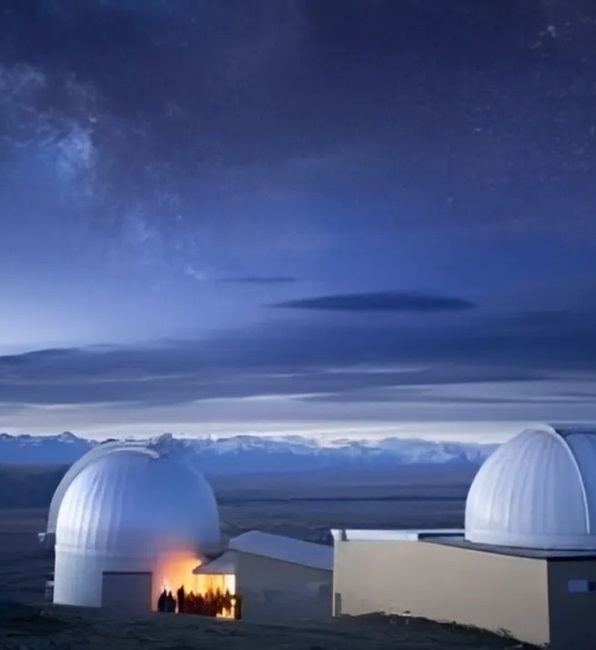 As Dark Sky Reserves are established the economic and cultural dividends become evident. These reserves attract tourists seeking an unparalleled stargazing experience from facilities like University of Canterbury Mount John Observatory, contributing to local economies and promoting sustainable tourism. Dark Sky Tourism has the potential to support communities surrounding these reserves while fostering an appreciation for the delicate balance between nature and technological advancement.
As Dark Sky Reserves are established the economic and cultural dividends become evident. These reserves attract tourists seeking an unparalleled stargazing experience from facilities like University of Canterbury Mount John Observatory, contributing to local economies and promoting sustainable tourism. Dark Sky Tourism has the potential to support communities surrounding these reserves while fostering an appreciation for the delicate balance between nature and technological advancement.
New Zealand’s commitment to the trifecta of good lighting design, the protection of native fauna, and the celebration of stellar marvels extends beyond the Aoraki Mackenzie Dark Sky Reserve. Dark Sky reserves also exist on Great Barrier Island and Stewart Island/Rakiura, further demonstrating New Zealand’s dedication to preserving its nocturnal landscapes.
The success of Dark Sky Reserves is not only a triumph for New Zealand but also a global inspiration. As urban areas grapple with the consequences of light pollution, these reserves showcase a harmonious coexistence between human development and the natural environment. The lessons learned from Dark Sky Reserves resonate across borders, encouraging communities worldwide to adopt responsible lighting practices for the benefit of both celestial wonders and the creatures that inhabit the darkness below.
What can you do to limit light pollution:
- Use Dark-Sky-Friendly Lighting:
-
- Choose outdoor fixtures that are specifically designed to minimize light spill and direct light where it’s needed.
- Use fully shielded fixtures that have a downward-facing light and are designed to prevent light from escaping upward.
- Install Motion-Activated Lights:
-
- Instead of leaving outdoor lights on all night, consider installing motion-activated lights. These lights only turn on when they detect movement, reducing unnecessary light pollution.
- Use Timers or Dimmers:
-
- Install timers or dimmers on outdoor lights to control the intensity and duration of illumination. This helps to ensure that lights are only on when needed.
- Choose Low-Intensity Bulbs:
-
- Use bulbs with lower wattage or install LEDs with lower intensity. Brighter lights are more likely to contribute to light pollution.
- Install Light Shields:
-
- Add shields or hoods to existing fixtures to direct light downward and prevent it from scattering in unwanted directions.
- Plant Trees or Use Natural Barriers:
-
- Strategically plant trees or use other natural barriers to block light from spreading into the night sky. This not only helps control light pollution but also adds privacy.
- Be Mindful of Glare:
-
- Position outdoor lights so that they do not cause glare for neighbors or passing motorists. Glare can be both annoying and contribute to light pollution.
- Turn Off Lights When Not Needed:
-
- Develop the habit of turning off outdoor lights when they are not necessary, especially during the late-night hours.
- Advocate for Dark Sky Initiatives:
-
- Get involved in local initiatives or community efforts that promote dark sky awareness and encourage responsible outdoor lighting.
- Educate Neighbors:
-
- Share information about the importance of reducing light pollution with your neighbors and encourage them to adopt dark-sky-friendly lighting practices.
- Comply with Local Regulations:
-
- Familiarize yourself with local lighting regulations. Many councils have guidelines in place to limit light pollution.

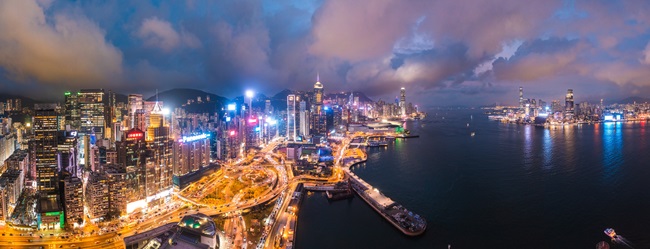
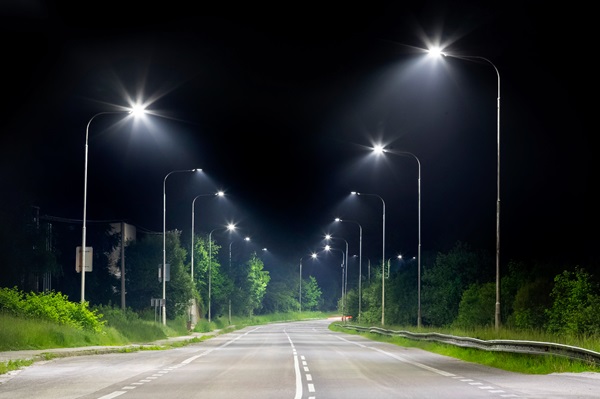
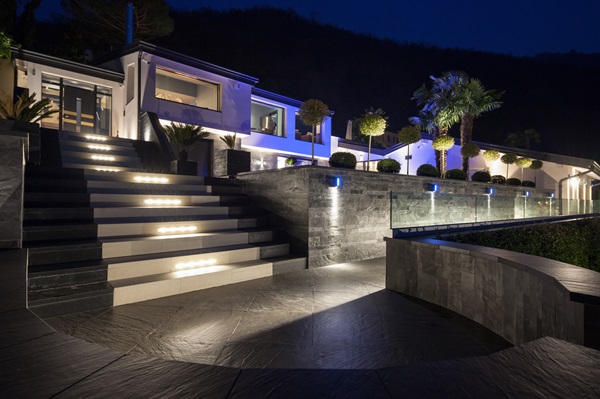
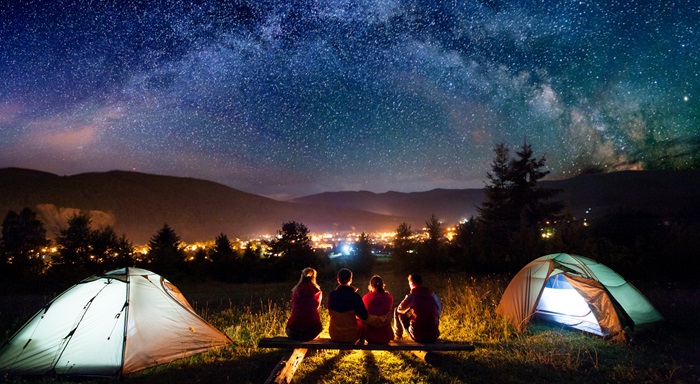 Nov 2023
Nov 2023